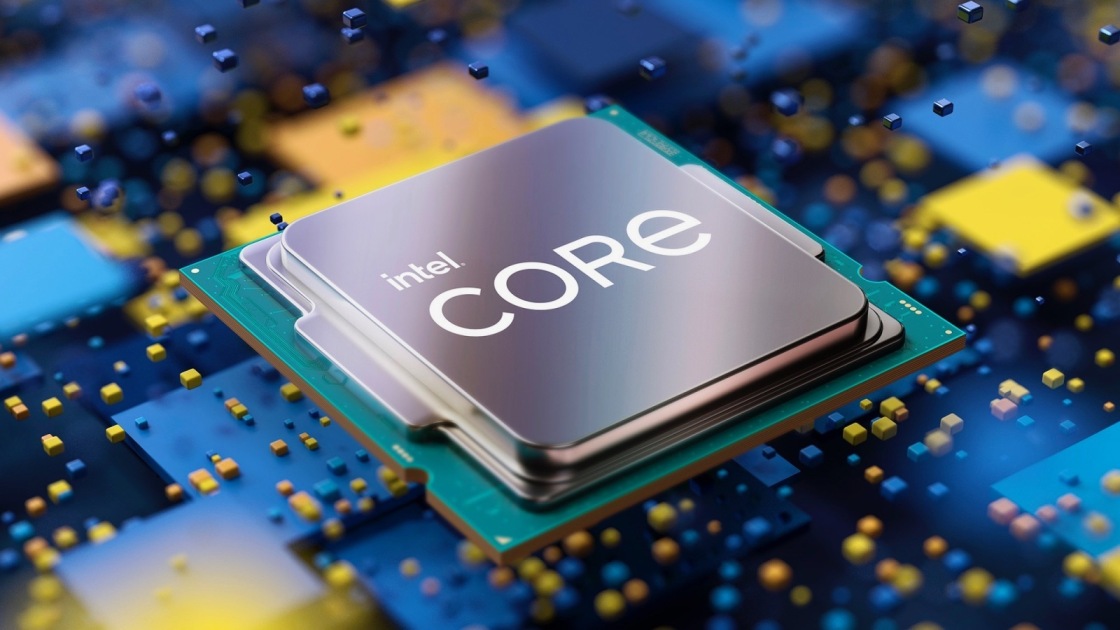Regarding scaling, Cinebench will likely be very low overhead, and close to ideal. They're just parallel render threads. Not much complexity. The real test will be more mixed workloads like gaming and content creation.
It's not just software overhead I'm talking about. When it comes to sharing, the algorithm cannot account for all scenarios.
Like for example L2 cache bandwidth on Core 2. IXBTLabs had a good article about that. Depending on how much data is common to both cores, the L2 cache bandwidth would drop a lot, and at the point of the largest contention, would drop to zero!
(Likely one of the reasons they moved to private L2 caches)
Yes things have improved and the engineers have learned new things, but now the complexity has been upped by something like an order of magnitude. You have two completely different cores trying to load balance an application.
We also cannot compare closely controlled and single-tasking OS like mobile operating systems to Windows. Really the Windows world is a wild wild west out there.
Indeed, Cinebench might come close, but everything else might be a disappointment. We've officially reached the boiling point of hype. You know what happens after water boils? Well we turn it off! This much hype might result in huge disappointment for lots of people.
I think you meant to say Gracemont or GM, unless there's something I don't know about.
(That assumes MLiD is correct about Raptor Lake. We will see. Space-wise you might be able to fit 256 cores in the same die area of 56C Sapphire Rapids)
Gracemont being so powerful also supports what I said above. If they wanted to use a little core, then they'd take Airmont. But the worst-case scenario would be horrible, since you'd notice responsiveness drop noticeably. I mean you'd think it's stuttering. Airmont would literally be an "idle core".
But Gracemont is going to end up roughly 3x the performance per clock of Airmont! 3GHz+ Skylake is no slouch.



